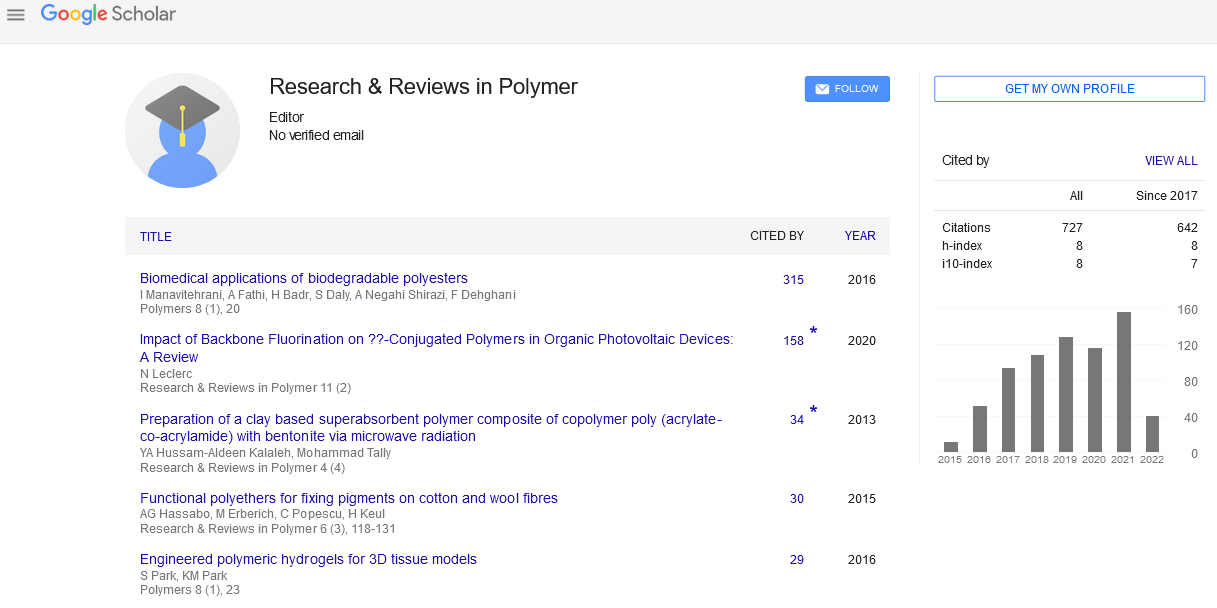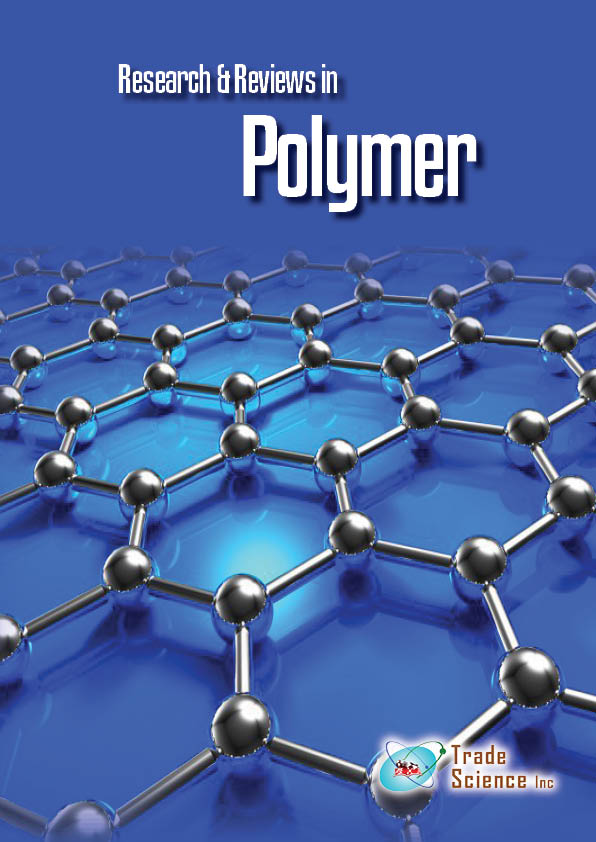Abstract
Glass Powder as Polyethylene Filler
Author(s): Janusz W. Sikora, Anna Kliszowska and Bjorn NoackPolymeric materials have numerous advantages, however researchers and scientist hold to seek new polymers with even better properties. One of the methods of obtaining novel polymer materials with advanced properties which cannot be produced by means of direct polymerization is to mix polymers with various sorts of fillers at numerous weight ratios. The advantage of this technique is that it reduces the production costs. Mechanical properties of filled polymers depend to a large extent on the distribution of the particles of the filler in the polymer matrix, shape, size as well as on the quality of adhesion between the matrix and the filler. Generally, the filler weight content ranges from several to numerous dozen percentage (60 or more). Such compounds are synthesized by plasticizing systems of processing machines such as injection moulding and extruders machines or mixing in mills. Mixing is generally done by mechanical action which results in shortening of the polymer chains. .In these process, filler can be any kind of material in different forms such as fibres, particles and sheets in nano-micro or macro-sizes.
Most of the fibre composites are designed to offer high rigidity and fatigue resistance and at the same time to have high unique strength. This is achieved by introducing rigid fibres of high fragility and strength into the plastic polymer matrix. These fibres can be made from different kinds of materials and may be uncut or cut. Fibrous fillers are used primarily to increase their mechanical strength but also reduce the friction coefficient or increase their thermal conductivity and thereby improve the dissipation conditions of frictional heat. The properties of a composite based totally on a excessive-density polyethylene Hostalen GD 7255 filled with a 10% addition of a glass powder known as Mikrover have been studied. The composite was obtained in the process by cold pelletizing. The equipment consist of co-rotating twin-screw extruder with the extruder head equipped with a circular die, a pelletizer and water cooling bath. Appropriate specimens of composite in the injection moulding process, at variable volume rates and at variable cooling times of polymer composite flow to the injection mould cavity. The hardness was determined by the Shore method and strength properties were determined by uniaxial tensile testing and. It was found that injection moulding parameters influence the composite mechanical properties under research. For example, the increase in cooling time was followed by an increase in stress at break. An increase in the volume of polymer composite flow to the mould cavity was followed by an increase in stress at break, hardness, strain at break and tensile strength.

